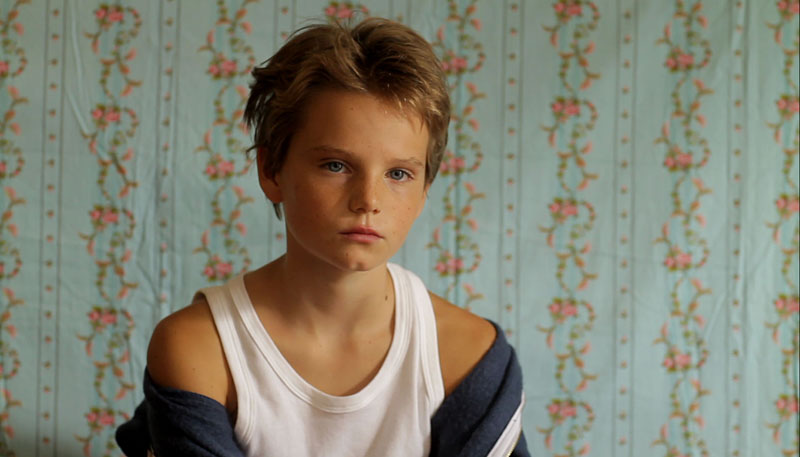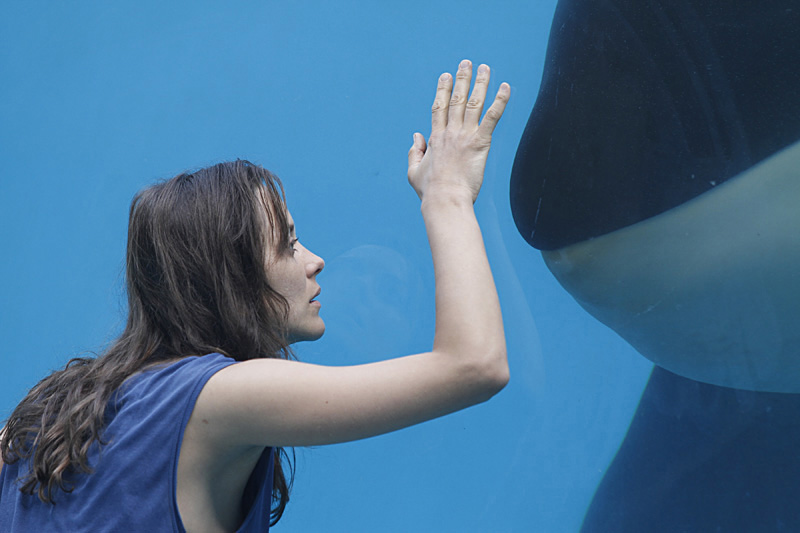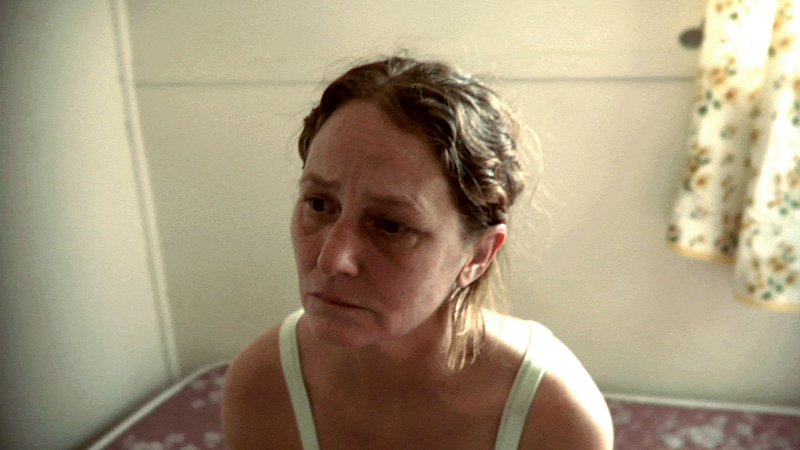A sensitive portrait of childhood just before pubescence, Tomboy, the second film by writer/director Céline Sciamma, astutely explores the freedom of being untethered to the rule-bound world of gender codes. About 20 minutes elapse before we learn the real name and biological sex of Laure (a revelatory Zoé Héran), a gangly, short-haired kid about to enter fourth grade whom we first see getting driving lessons from her dad. Her family, which includes an extremely pregnant mother and a 6-year-old sister, has just moved to a suburban apartment complex a few weeks before the school year starts. The clan’s relocation provides Laure an opportunity for reinvention, introducing herself to her playmates as Mikael—an identity that gives her the liberty to go shirtless and rassle with the other boys, which attracts the attention of crushed-out Lisa (Jeanne Disson). Sciamma shows a real gift for capturing kids at play and films the August afternoons devoted to soccer and water fights as their own otherworldly time zone. But Sciamma doesn’t present an uncomplicated view of childhood: Laure/Mikael, beginning to reciprocate Lisa’s smitten feelings, lives in anxiety of being found out as much as she revels in being a boy. When Laure’s gender illusion is inevitably exposed, Sciamma handles it with a mostly light touch. Extremely empathic, Tomboy isn’t simply an earnest plea for tolerance, though. Childhood itself, the film intimates, is full of ambiguities (if not as extreme as Laure’s), of sorting out what you are drawn to and what repels you.
Tomboy: Learning the Gender Codes in a French Elementary School








